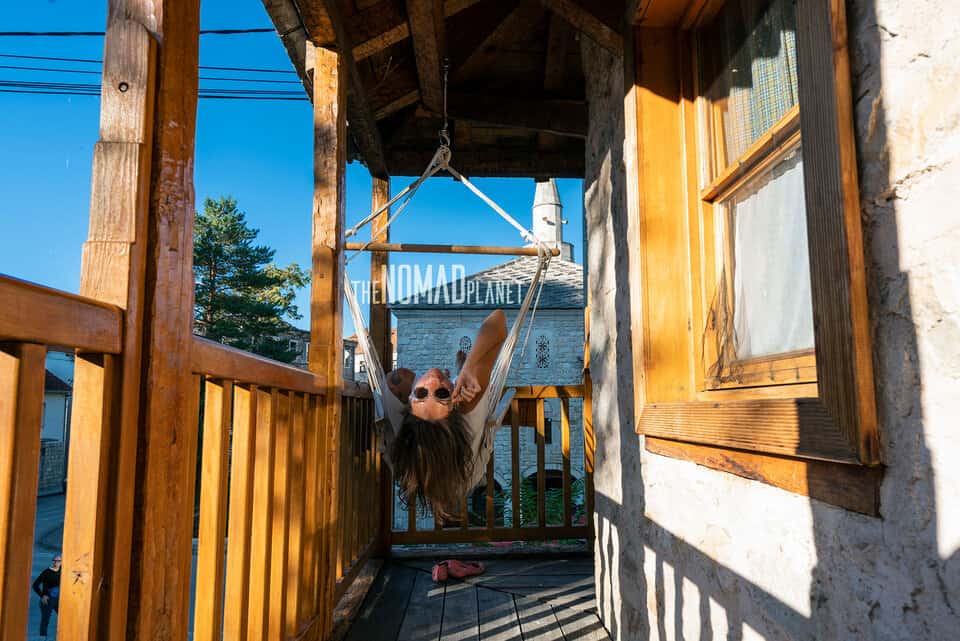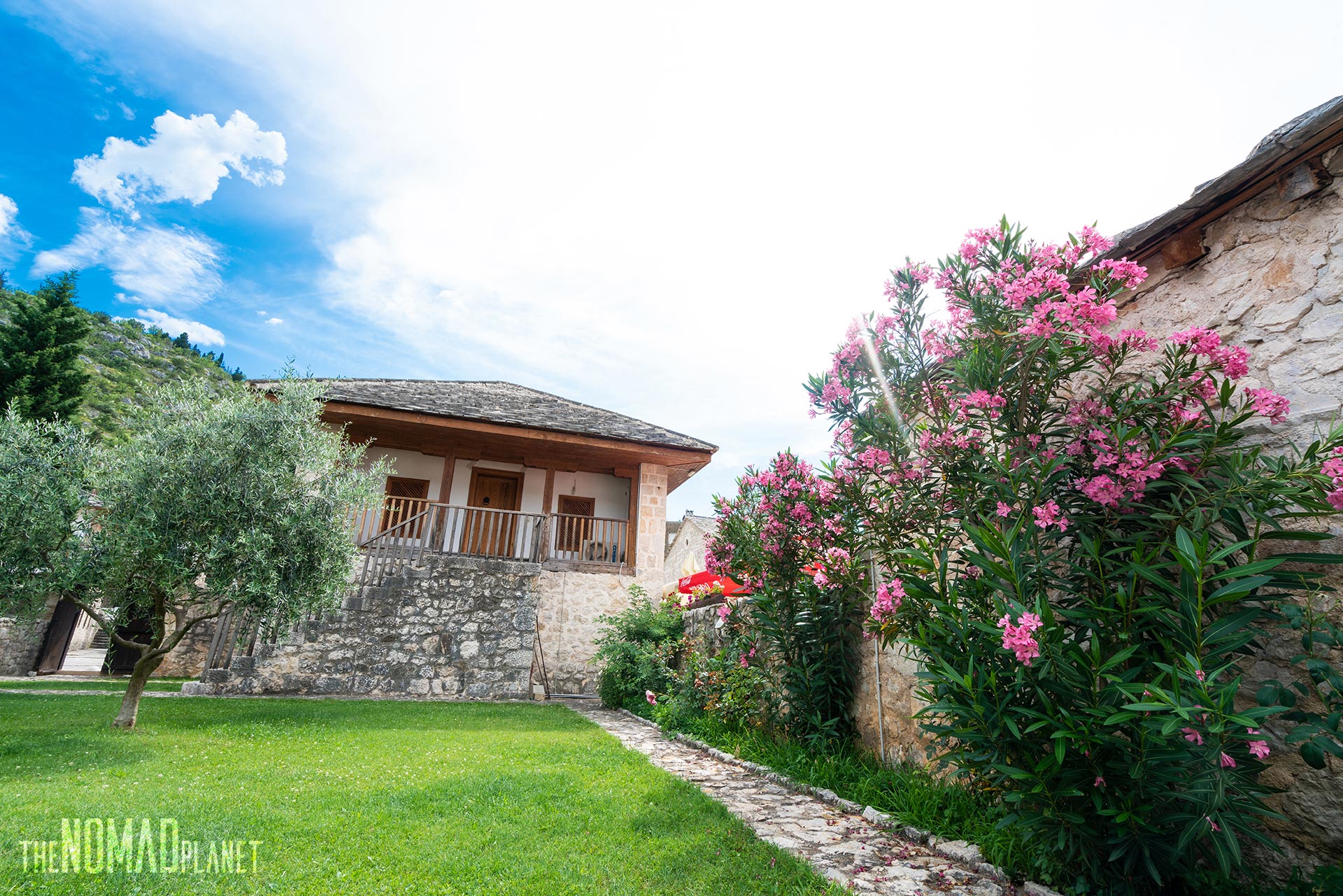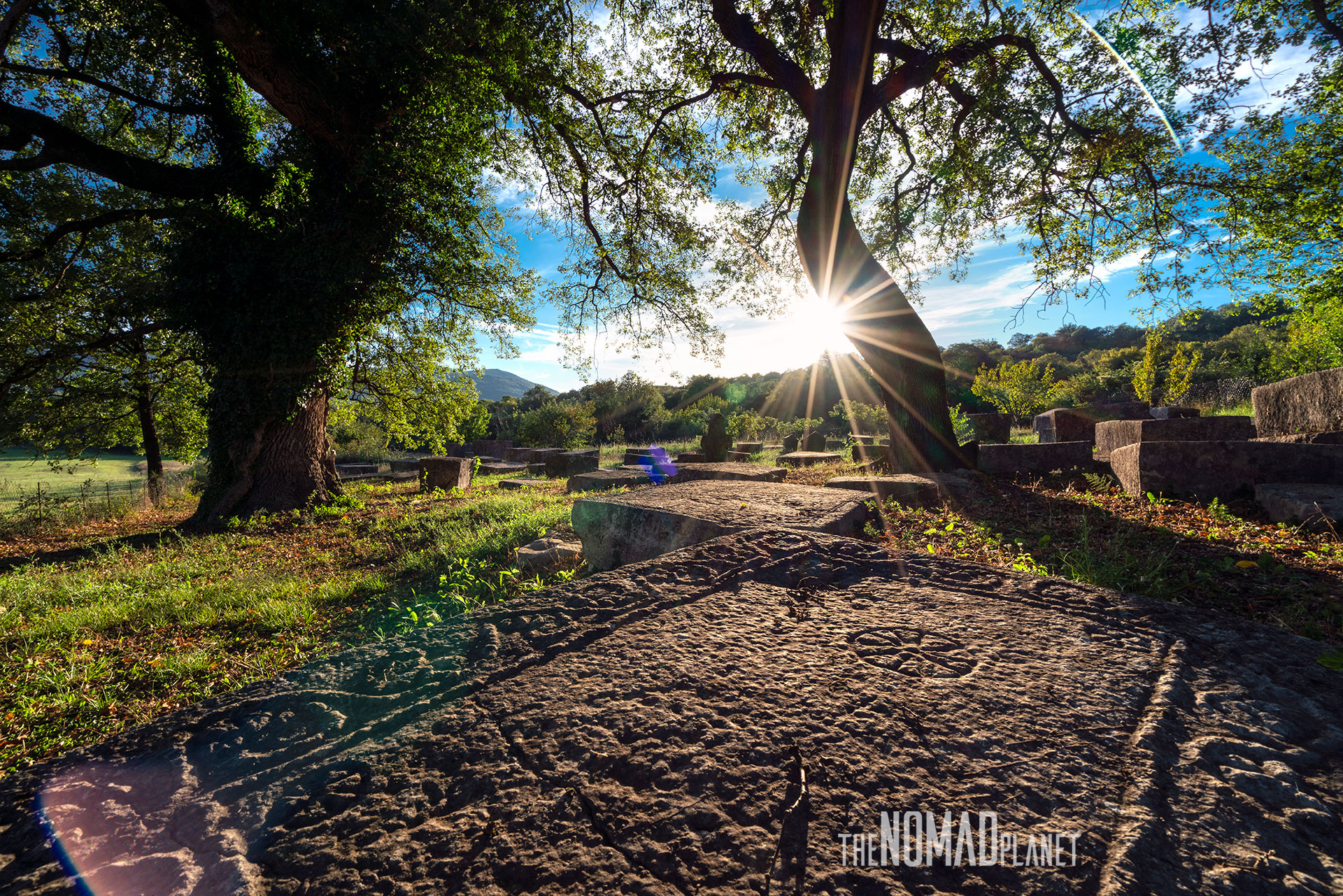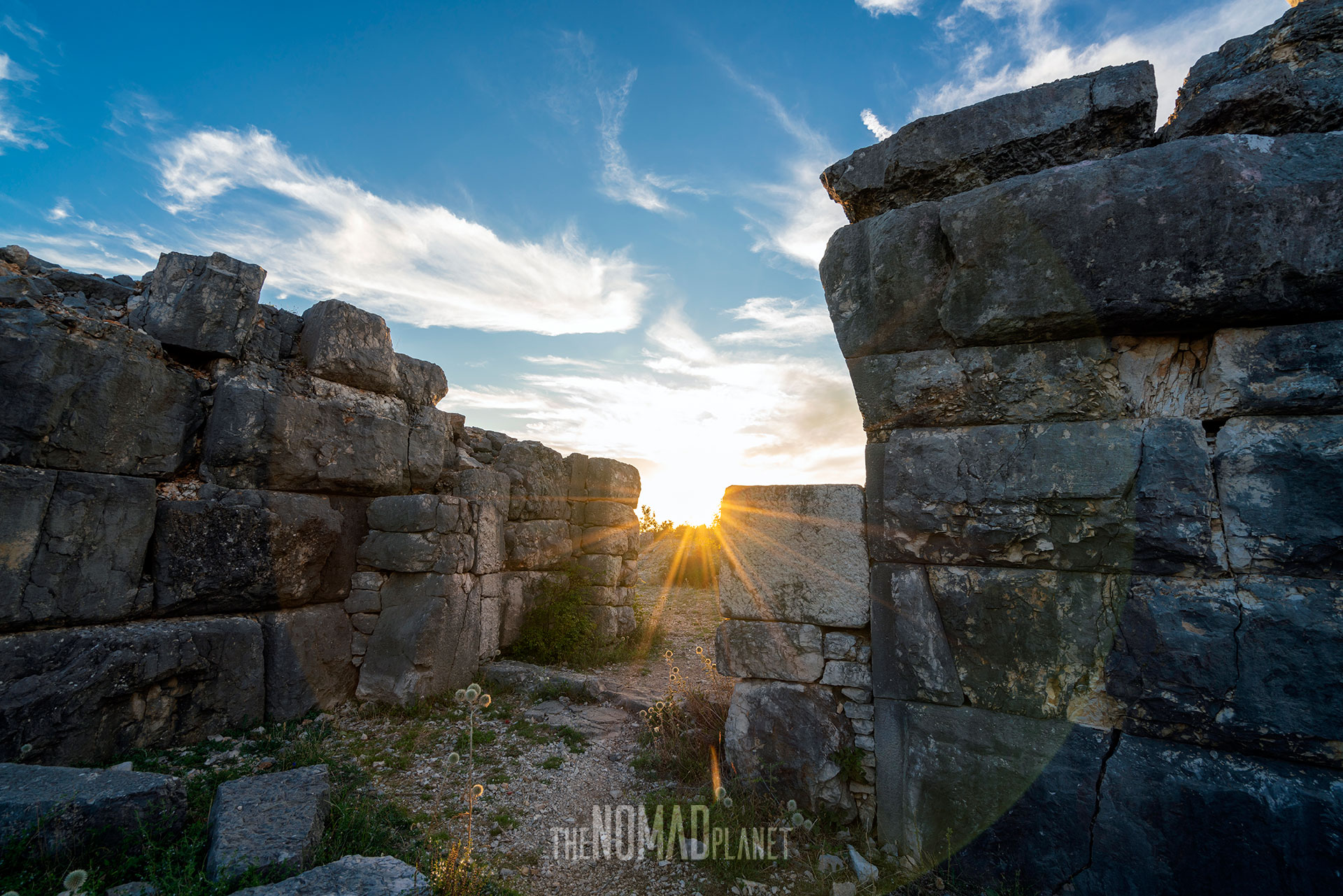
Last weekend, during my extensive exploration of Herzegovina, I had the pleasure of visiting Stolac, a beautiful oriental-mediterranean town in the south of Bosnia and Herzegovina with exceptionally rich cultural and historical heritage. I was invited by Mak Dizdar Foundation to experience the new cultural-tourist route they created as a part of their EU funded project Stolac: The Crossroads of Civilization. Though I visited Stolac several times before on my own, I seriously enjoyed the real tour of this charming place where I learned a lot about this area.

We started our tour in the offices of StolacX Center for the Interpretation of Cultural Heritage where my guide Harun explained just how far back in time does the history of this place go as well as all the things I will get to see within this tour. The Center is also a great place to get all the info on local guides, tour agencies and accommodation, as well as a place for locals to get acquainted with the their cultural heritage, history and monuments of value.


The history or better yet, prehistory of this place begins around 15.000 years b.c.e as witnessed by the prehistoric drawings in the Badanj cave and is subsequently intertwined with the history of the Illyrian tribe Daorsi, Roman heritage, mysterious medieval tombstones in Radimlja and Boljuni necropolises – UNESCO World Heritage Sites, rich Ottoman architecture and Austro-Hungarian legacy. I specially loved hearing about Greek myths related to the Illyrians which speak of gods and goddesses, their warrior sons and mythical snakes bestowing magical powers.


I find it hard to say what was my favorite part of the tour. Weather it was old mills, stupas and bridges over the emerald Bregava river accompanied by stories of forbidden love; interesting and beautifully decorated Makova hiža (house) devoted to the life and works of one of the most famous BiH’s poets; or the sunset over the mysterious Daorson. Then again, I immensely enjoyed Radimlja and Boljuni as some of the richest necropolises in number and quality of stećci, mysterious Bosnian tombstones known amongst people for its healing powers.


During my stay in Stolac I was accommodated in a charming traditional house right next to the Ali-paša Rizvanbegović Mosque from the 18th century and right across from StolacX Center, in the so called Small Čaršija (old trading center). During the Ottoman times small trading centers with shops, inns and travelers sleeping lodges would arise around mosques. The first one, Čaršija Mosque, was built in 1519 and around it schools, shops, inns and sleeping lodges were built. This Grand Čaršija was also a public square where one could hear Emperor’s proclamations, verdicts and calls to war some half a millennium ago. If there was no music and traffic around my place I could totally feel what was life like here in those times.


Medieval town Vidoški also reached its architectural peak during Ottoman times though it was mentioned even before that, in 1444 as part of the land of Herzeg Stjepan Kosača. Here I learned that the Bregava River used to be called Vidoštica and that the town and the river got its name after St. Vid (Vid = Sight), the protector of the area. You can reach Vidoški easily and quickly on foot from the center of Stolac (its a small place really). It is worth the visit also for the beautiful view of the town, surrounding hills and the Bregava River.


Though only partially restored after being burned in 1993, Begovina is worth the visit. It is a wonderful example of construction from the middle of the 19th century which respected the natural terrain and intimacy of all the families who lived there. It had intimate, family sections and public ones, and the Bregava River flows into each courtyard separately (each had its own cistern as well). Begovina also had a maktab (Muslim elementary school) and five inns for travelers with a special place for shoeing horses.


Illyrian tribe called the Daorsi inhabited the Neretva River Valley area probably since the early bronze age, and the Greeks tell us that their capital Daorson was a Hellenistic city with all the important administrative, public and religious buildings which flourished around 3rd and 2nd century b.c.e. They were a highly developed culture which produced their own coins, and built trade and war ships which were engraved on the coins alongside their name printed in Greek. We know that the city was destroyed by the Dalmatae tribe around 50 b.c.e. and all that is left now are the remains of a 4 meter thick cyclopean wall stretching over 60 meters.


However, the story goes deeper than that as Daorson is just one of numerous similar megalithic structures found around the world (Peru, Mexico, Easter Islands to name a few) whose origins and age are the subject of many debates. The megalithic wall of Daorson was built with giant monolithic blocks (several tons each) using no cohesive material which opens the question of transport as well as building techniques of these giant walls. It is a special feeling to experience this place, to see the size of its megalithic stones and the incredible precision with which it is ‘fitted into each other’. To this day you are not able to fit a needle between the giant stones. Even though we can’t say with certainty who, when and how built these structures the very evidence of their construction inspires great respect towards its builders and entices the imagination.

My recommendation is to come at sunset and experience the full magic of this place. Daorson can be found 3 km northwest of Stolac, in Ošanići. The road is steep and narrow so if you are coming by car make sure you are ready for a bit of adventure. I would also suggest wearing good and stable shoes so you can climb the walls.

The tour covers a lot more than I can write about in here, so I would recommend staying for at least two days, taking a local guide and leaving some time to just chill on the Bregava River which I covered in another post. For detailed info on all the localities I suggest you take a look at the StolacX webpage (stolacx.ba) and pay a visit to the StolacX Center (next to Podgradska ćuprija).
*This article is written by Lana Ferović for her website https://thenomadplanet.com - https://thenomadplanet.com/stolac-white-stone-town-rich-in-history-and-charm/
